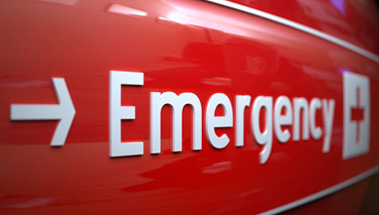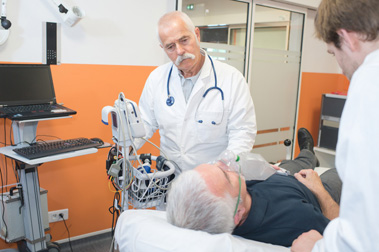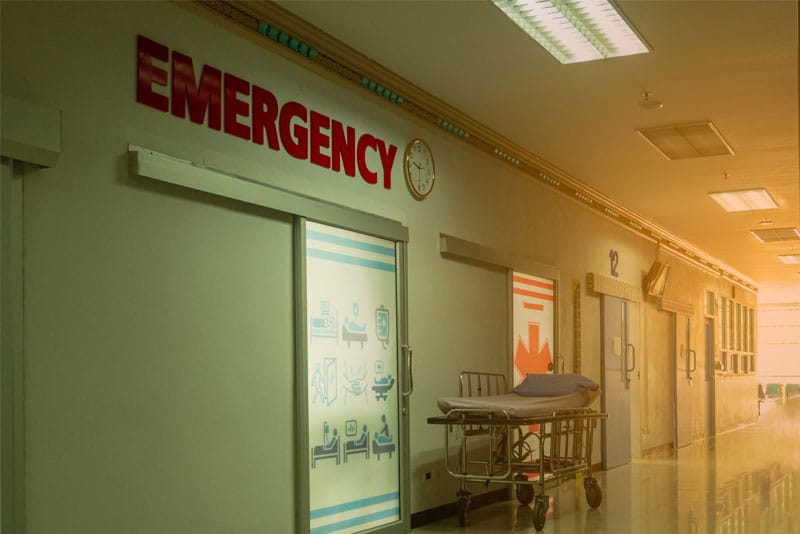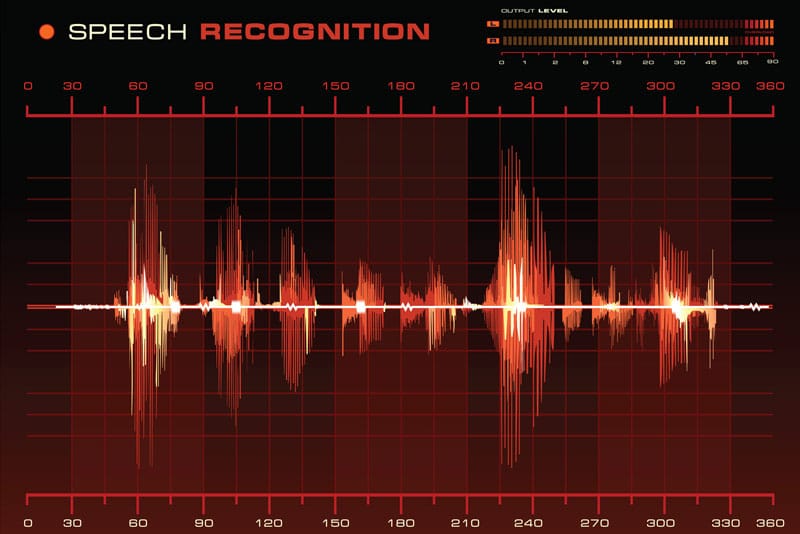 Despite being cautious, accidents and illnesses happen and the ER is always a very busy setting providing 24/7 emergency care when patients need it most. As physicians and the medical transcription companies that support them know, the ER is an area of high stress and anxiety for physicians, nurses and other healthcare professionals. A major concern in this regard is that many ER visits by patients are unnecessary. This is because patients are often undecided whether to go to the ER, urgent care or primary care when a situation arises. Today, Americans are spending more on healthcare than ever before and ER visits are also on the rise. An ER visit may cost you around $2,000, and you may have to wait for around 2 hours on an average. So, if yours is not a life-threatening condition, you are likely to end up spending more money and time than is actually necessary. Maybe a visit to your primary care physician would have been sufficient.
Despite being cautious, accidents and illnesses happen and the ER is always a very busy setting providing 24/7 emergency care when patients need it most. As physicians and the medical transcription companies that support them know, the ER is an area of high stress and anxiety for physicians, nurses and other healthcare professionals. A major concern in this regard is that many ER visits by patients are unnecessary. This is because patients are often undecided whether to go to the ER, urgent care or primary care when a situation arises. Today, Americans are spending more on healthcare than ever before and ER visits are also on the rise. An ER visit may cost you around $2,000, and you may have to wait for around 2 hours on an average. So, if yours is not a life-threatening condition, you are likely to end up spending more money and time than is actually necessary. Maybe a visit to your primary care physician would have been sufficient.
Patients must know where to go – ER, primary care, or urgent care – to ensure they get the right treatment, and do not waste valuable time and money. Your symptoms are the most important factor when deciding whether an ER visit is necessary. Emergency rooms are designed to provide the right treatment when a patient comes with an emergency situation that is severe or life-threatening.
- Symptoms like chest pain, severe abdominal pain, difficulty in breathing etc are dangerous and the patient would benefit from a quick trip to the emergency room for instant efficient assistance.
- In case you have cut yourself seriously, and the cut doesn’t stop bleeding on its own even after 5 minutes, you may need stitches. In such a situation, and if the injury occurred after your primary care physician’s office hours, you must visit the emergency room. If you can afford to wait, do meet the primary physician because your physician will be aware of your medical history and also know the medications you are sensitive to.
- Patients who are unstable or having conditions/symptoms that need immediate attention such as cardiac issues and stroke issues should seek immediate ER assistance. This will prevent the patient from getting sicker or worse. In the case of heart attacks and strokes, delaying treatment could lead to worse outcomes.
- If you think you have broken a bone, go to the emergency room. This is because an urgent care center may be able to provide an X-ray, but if there is a fracture you will have to be referred to the ER for additional care.
 Here are some other symptoms that warrant an ER visit:
Here are some other symptoms that warrant an ER visit:
- Sudden clumsiness, fainting or loss of balance
- Sudden difficulty speaking, or difficulty in understanding speech
- Sudden weakness or paralysis, especially on one side of the face or body
- Sudden severe headache
- Severe heart palpitations
- Newborn baby with a high fever
- Sudden vision changes; blurred or double vision, and full or partial vision loss
- Head or eye injuries
- High fevers and fevers with rash
- Serious burns
- Severe and continuous vomiting or diarrhea
- Seizures without a prior diagnosis of epilepsy
ER physicians point out how some people utilize the emergency room for things that are not real emergencies, such as cold and flu symptoms and for medication refills. Another reason why people visit an ER is because they lack a primary care physician.
If you have determined that you/your loved ones really need emergency care, a good and safe option is to call 911. This is most advisable when the medical emergency is a heart attack or stroke because paramedics who come with the ambulance can start providing life-saving treatment even on the way to the hospital.
When visiting the ER, patients must also bring with them a list of all their regular medications including vitamins, supplements and over-the-counter medicine, as well as the dosage. A list of allergies, including medication allergies and information regarding earlier medical procedures/surgeries undergone (including the dates they were performed and the names of the doctors who treated you), should also be provided to the ER staff. These are important details emergency room medical transcription providers ensure are present in the notes prepared.
To conclude, emergency room visits are necessary for true emergencies as the ones listed above. Your primary care physician or doctors at an urgent care center can treat minor injuries and illnesses. Having a clear idea of what symptoms necessitate a visit to the emergency room will help avoid stress, and save time and money.
Disclaimer — The content in this blog is provided by Managed Outsource Solutions (MOS) and is only for general guidance and informational purposes, and does not constitute professional medical advice. MOS is only passing on information that is already published and does not accept any responsibility for any loss which may occur due to reliance on information contained in this blog.


